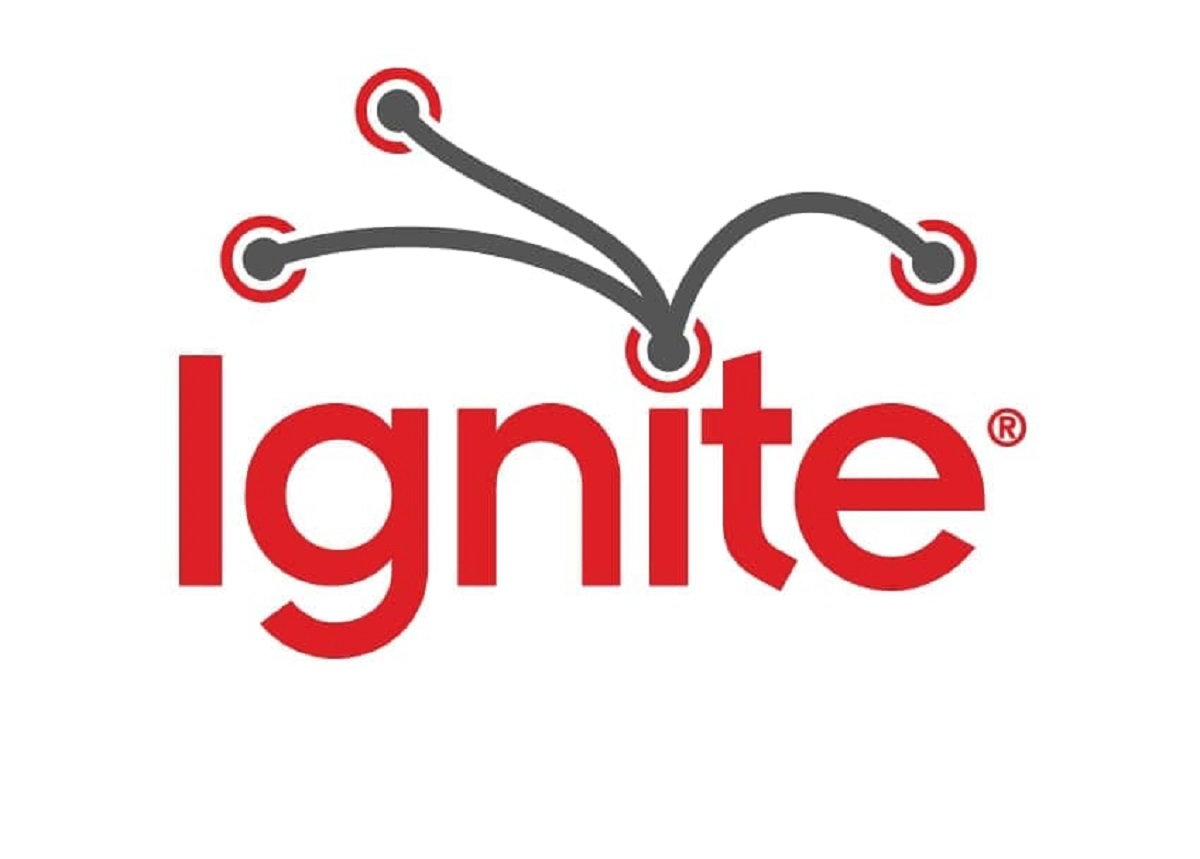IGNITE- ENGLIGHTEN ME, BUT MAKE IT QUICK!
Promoted under the slogan, “Enlighten us, but make it quick,” Ignite is a presentation format where a presenter speaks while slides advance automatically to support them. An Ignite presentation is exactly 5 minutes, and contains exactly 20 slides. The slides advance automatically after each slide is displayed for 15 seconds.
With fixed timing and clear constraints, the Ignite style is suitable for many situations, including classroom presentations, Toastmasters meetings, and both corporate and conference events.
| Ignite Presentations | Conventional presentation | |
|---|---|---|
| Length | 5 minutes | Varies |
| # of Slides | 20 | 0 or more |
| Time per slide | 15 seconds per slide | Varies from slide to slide |
Watch this video as a guide on setting up an Ignite Talk: https://youtu.be/Pqq04Hupavk
SOME BACKGROUND
Brady Forrest, technology specialist for O’Reilly Media, and Bre Pettis of MAKE magazine developed Ignite in 2006 as a way for the Seattle tech community to get together, socialize, and share their personal and professional passions. Ignite was born out of this desire to combine amazing, big ideas with networking. After the initial event in Seattle, Ignite has gone global in over 100 cities.
Watch some great examples of Ignite Talks:
Benefits of Ignite Talks
There are several benefits inherent in the Ignite method which will aid you and your audience.
1. The Ignite style can prove much more fulfilling for an audience than the standard free-form presentation.
Garr Reynolds wrote, “One secret to a healthy life (and a great presentation).” In his article, Reynolds defined the concept hara hachi bu – to eat until you are 80% full. Reynolds believes we should apply this concept both to our meals and to our presentations. The Ignite presentation format is so short that it gives the audience just a taste; the presenter isn’t stuffing them full of information. A good Ignite presentation — like all good presentations — should leave an audience satisfied but still hungry for more.
2. The Ignite format emphasizes content decisions, not numbers of visuals or timing.
While the idea of speaking under such strict constraints may seem intimidating, the Ignite format helps a presenter eliminate some tough decisions about the execution of his or her speech. The speaker can instead spend time on making content-based choices. Spending much more time on speech content allows a speaker to pinpoint and explain the main idea as opposed to rambling aimlessly.
3. Preparation is mandatory.
Preparation is essential for any great presentation. Most of us, however, aren’t actually willing to put in the amount of preparation time it takes to resonate with our audiences. Even presenters who believe they can “wing it” are forced to prepare with the Ignite format. The extra practice and preparation leads to stronger speeches.
4. Ignite presentations respect audience time.
Many presenters ignore time limits. With a self-playing format that requires the extra element of practice and preparation, speakers are more likely to remain on track for time.
For example, I teach the Ignite format in my public speaking class. During non-Ignite presentations, students are likely to speak longer than the time allotted, but during Ignite presentations, students rarely go much longer than 5 minutes. The Ignite format does not guarantee that a speaker will finish at exactly 5:00; for example, the students who go over on time speak after the presentation has finished.
“If done properly, an Ignite presentation will do just that: ignite an audience to support your idea, event, or cause.”
5. The Ignite format encourages concision.
With only 20 slides, a presenter must make important decisions about introduction, body, and conclusion. There is an emphasis on cutting and reducing, and this is always a good thing when it comes to presentations. The age-old advice of Sir Arthur Quiller-Couch also applies to presentations: we must learn to “murder our darlings.” The act of cutting and reducing adds to the effectiveness of the speech. Why? Strong presenters know that refining a presentation allows the audience to receive, hear, and digest only the most important information.

